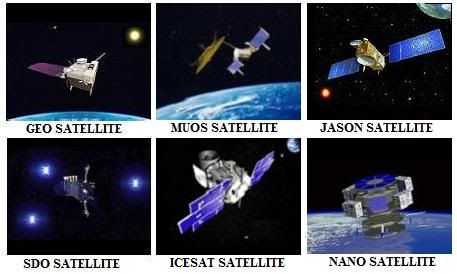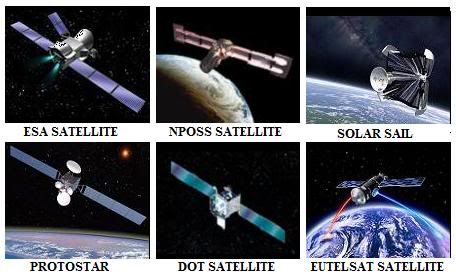Post by glactus on Mar 11, 2010 9:24:06 GMT

There are many hundreds of artificial satellites in space being used for many different purposes. Space communication relay, weather, broadband, mobile phone, global positioning and military spy satellites abound, each set in an orbit to suit their particular purpose.

The impact of artificial satellites on our lives is far-reaching. They have improved telephone and internet services, navigation and broadcasting, weather forecasting, medical assistance, humanitarian aid and much more.

In April 2008, the UK-built GIOVE-B satellite was launched as part of Europe's Galileo satellite navigation system. GIOVE-B carried on board the most accurate atomic clock ever flown in space. Together with GIOVE-A, it is a technology demonstration mission for the future Galileo system.
Global Positioning System, GPS was developed by the US Department of Defense to provide all-weather round-the-clock navigation capabilities for military ground, sea, and air forces. Since its implementation, GPS has also become an integral asset in numerous civilian applications and industries around the globe, including recreational uses (e.g. boating, aircraft, hiking), corporate vehicle fleet tracking, and surveying.
The Tracking and Data Relay Satellite System (TDRSS) ARE ground stations used by NASA for space communications. The prime design goal was to increase the time spacecraft were in communication with the ground and improve the amount of data that could be transferred. TDRS satellites were launched by Atlas IIa and Atlas V rockets.


